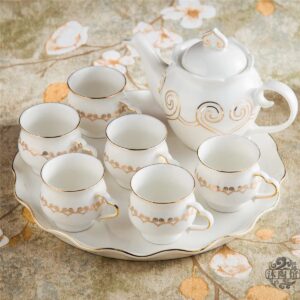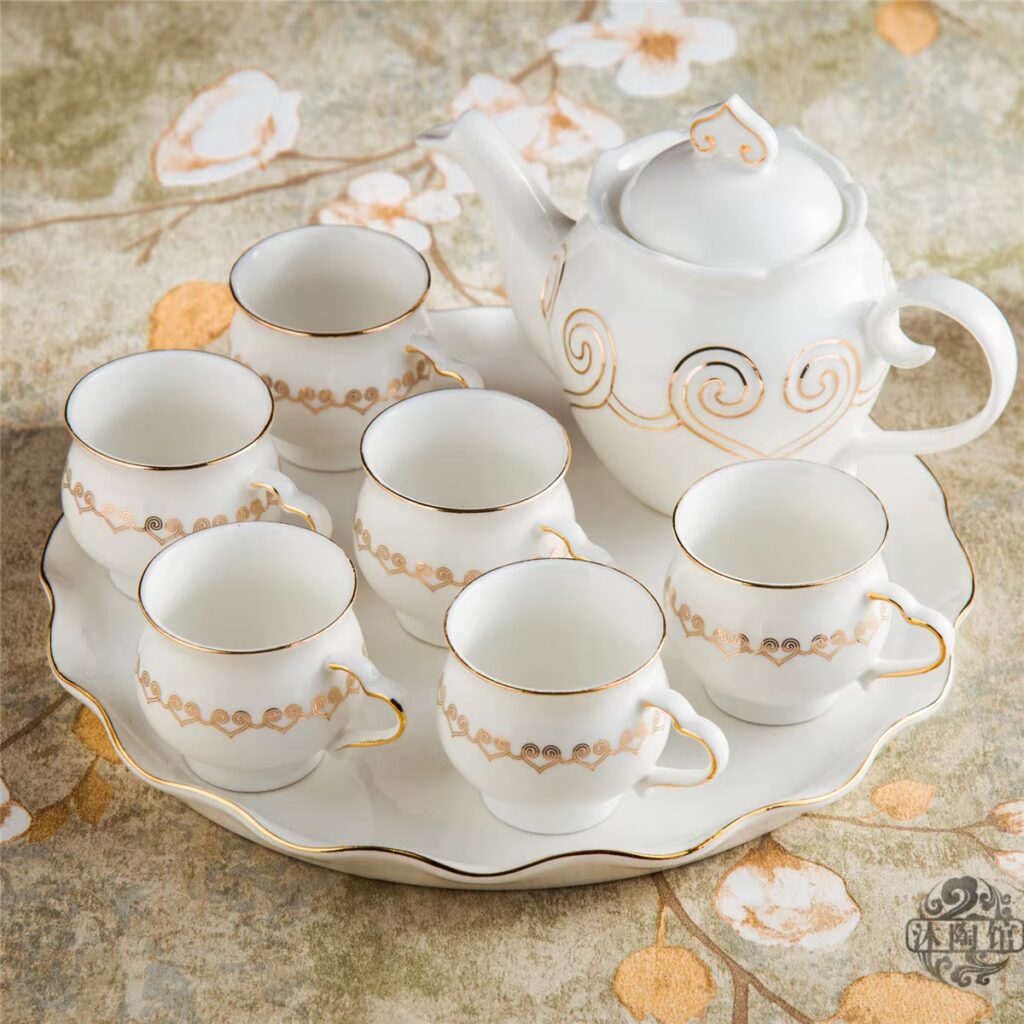In a world where beauty standards have traditionally been defined by regional and cultural norms, there is a growing recognition of the rich and varied conceptions of beauty that exist globally. The modern discourse on beauty is increasingly inclusive, celebrating the myriad ways in which different cultures perceive and express beauty. This article explores how global cultures contribute to a diverse definition of beauty, highlighting unique practices, traditional standards, and the influence of cross-cultural exchange.
#### **1. Traditional Beauty Standards Across Cultures**
**1.1. East Asian Beauty**
– **Korean Skincare Rituals**: South Korea has become renowned for its elaborate skincare routines, known for their emphasis on achieving clear, radiant skin. The 10-step Korean skincare routine includes multiple layers of cleansing, toning, and moisturizing, using products with ingredients like snail mucin and green tea. These practices have influenced global beauty standards, promoting a focus on skincare health and a glowing complexion.
– **Japanese Beauty Secrets**: Japan’s beauty traditions include the use of rice bran and camellia oil, known for their nourishing properties. Geisha beauty practices, such as the application of white face powder and intricate eye makeup, showcase a historical appreciation for meticulous grooming and elegant aesthetics.
**1.2. African Beauty Traditions**
– **Natural Skincare**: Across Africa, traditional beauty practices often involve the use of natural ingredients such as shea butter, baobab oil, and aloe vera. These products are valued for their moisturizing and healing properties, and they reflect a deep connection to natural resources and holistic care.
– **Body Art and Adornment**: Many African cultures celebrate beauty through body art, including intricate beadwork, scarification, and tribal tattoos. These practices often carry cultural significance and are used to signify identity, status, or rites of passage.
**1.3. Indigenous Beauty Practices**
– **Native American Rituals**: Indigenous beauty practices in North America include the use of natural remedies like sage and sweetgrass for cleansing and healing. Traditional body paint and adornments are used in ceremonial contexts, reflecting a deep spiritual connection and cultural heritage.
– **South American Traditions**: In South America, the use of natural dyes and pigments for body paint and facial adornment is common among various indigenous groups. Practices like these highlight the integration of beauty with cultural expression and environmental resources.
#### **2. The Influence of Globalization on Beauty**
**2.1. Cross-Cultural Exchange**
– **Fusion Trends**: The blending of beauty practices from different cultures has led to the emergence of fusion trends. For example, the combination of Western makeup techniques with traditional Asian skincare routines has created new beauty standards that draw from diverse global influences.
– **Global Beauty Brands**: International beauty brands increasingly incorporate global ingredients and practices into their products. Brands that highlight traditional ingredients like Moroccan argan oil or Indian turmeric have gained popularity for their authenticity and effectiveness.
**2.2. Social Media and Global Beauty Standards**
– **Viral Beauty Trends**: Social media platforms facilitate the rapid spread of beauty trends across borders. Influencers and beauty enthusiasts from different cultures share their beauty routines, makeup techniques, and skincare tips, contributing to a more inclusive and globalized understanding of beauty.
– **Cultural Appreciation vs. Appropriation**: The global exchange of beauty practices raises important questions about cultural appreciation and appropriation. While cross-cultural exchange can foster mutual respect and understanding, it is crucial to approach cultural elements with sensitivity and respect for their origins.
#### **3. Celebrating Diversity in Beauty**
**3.1. Inclusive Representation**
– **Media and Advertising**: The increasing representation of diverse beauty standards in media and advertising reflects a broader acceptance of different cultural norms. Campaigns that feature models of various ethnicities, body types, and ages challenge traditional beauty ideals and promote a more inclusive vision of beauty.
– **Beauty Pageants and Competitions**: Beauty pageants are evolving to embrace diversity, with competitions that celebrate contestants from different cultural backgrounds and highlight a range of beauty standards. This shift reflects a growing recognition of the richness of global beauty.
**3.2. The Role of Fashion**
– **Global Fashion Weeks**: International fashion weeks showcase a wide array of beauty standards through runway shows and beauty campaigns. Designers and makeup artists often draw inspiration from various cultures, integrating traditional elements into modern fashion.
– **Ethnic Fashion Influences**: Fashion designers are increasingly incorporating ethnic and cultural elements into their collections, celebrating the beauty of traditional garments and adornments from around the world.
#### **4. Challenges and Opportunities**
**4.1. Navigating Cultural Sensitivity**
– **Respecting Traditions**: It is important to approach cultural beauty practices with respect and sensitivity. Understanding the historical and cultural significance of beauty rituals and traditions helps avoid cultural appropriation and promotes genuine appreciation.
– **Educating Consumers**: Educating consumers about the origins and significance of global beauty practices fosters respect and appreciation. Beauty brands and influencers can play a role in highlighting the cultural context of the practices they promote.
**4.2. Fostering Global Dialogue**
– **Collaborative Efforts**: Collaborative efforts between cultures can lead to innovative and respectful beauty practices. Engaging in cross-cultural dialogue and partnerships can promote mutual understanding and celebrate the diversity of global beauty.
– **Embracing Inclusivity**: The beauty industry has the opportunity to embrace inclusivity by representing a wide range of cultural beauty standards and promoting diversity in product offerings. This approach not only enriches the beauty landscape but also reflects a more equitable and globalized perspective.
#### **5. Conclusion**
The definition of beauty is as diverse as the cultures that shape it. By exploring and embracing global beauty standards, we gain a richer understanding of the myriad ways in which beauty is perceived and expressed around the world. From traditional practices to modern cross-cultural influences, the celebration of beauty beyond boundaries offers a more inclusive and dynamic vision of what it means to be beautiful. As we continue to navigate and appreciate this diversity, we enrich our own understanding of beauty and contribute to a more interconnected and respectful global community.


